I get emails all the time asking for translations of different types of speech and language information into multiple languages. We’re talking speech goals, portions of reports, statements for IEP meetings, explanations about disorders, anything!
To make matters more complex, SLPs are needing this information not just in Spanish but in a multitude of languages.
Here are a few examples:
Hi Scott, I saw your presentation on cleft palate and I am going on a surgical trip. Do you have cleft palate information in French?
How do you say “articulation disorder” in Vietnamese?
My school said that we can’t translate the whole evaluation. But shouldn’t we translate our goals for the parents? Do you have middle school language goals in Spanish?
Do you know what I say to every request?
Yes, and here it is.
I am not magical (despite my best efforts).
But gone are the days for having to translate anything because Google is doing it for you. And I want to show you a couple neat tricks so that you can give your parents, interpreters, students, clients, and schools all the information that they need.
Disclaimer: Translation software is not perfect but it is pretty darn close and I will get to how to get around that. However, I am confident enough at this point to finally write this essay. And, getting a translation wrong sometimes is just plain funny.
When I was first learning Spanish I was traveling a lot which didn’t leave me a lot of time to perfect my still-not-perfect Spanish. Here are some personal examples of how I have botched some translations despite my best intentions.
In Peru, a couple took us under their wing to show us their town and I was the default interpreter. I wasn’t sure if they were a couple or just friends. I thought that I was asking “Are you married to her? (Casado)” but instead I asked “Are you tired of her (cansado)” ! What a difference an “N” makes.
I also used to translate at a clinic. A nurse wanted me to ask a gentleman to take his arm out of his jacket so she could take his blood pressure. I translated “arm” into “arma” instead of “brazo.” Basically, I told him to take his gun out of his coat.
Wait, it gets worse. He was shocked and in Spanish said: “I don’t have a gun!” I thought he said “I don’t have an arm!” To which I laughed and said: “Ha! That’s because you have two!” The nurse was not impressed.
To Translate or Not Translate?
My vote is to go for it. Even if it is off. Even if some explanation is needed. What you are saying to a family is:
- I am trying.
- I find your culture interesting.
- Speak your native language with pride.
- We can do this together.
Do you (personally) want to be translating official IEP documents and putting them in a child’s official record? No. Do you want to be telling a person that a child has an impairment when an interpreter is not present? No. But, if you need to facilitate communication or explain a diagnosis that has already been made, current technology is here to help.
Let’s start by talking about Google Translate for specific terms and phrases, then how to use Google Translate to facilitate conversations, and lastly how to translate entire web pages.

Translating Speech and Language Terms
Google Translate and the phone app are absolutely amazing. Bookmark it on your computer and download the app.
Search for any one of their many languages:
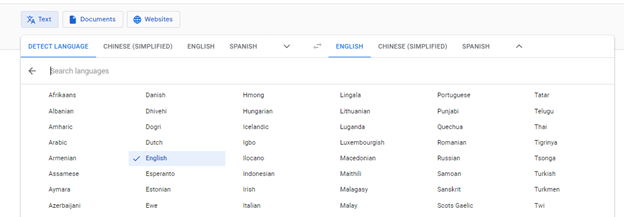
Type what you want to say, copy it or simply hit the speaker icon so you can hear how it is said:

This is a great way to grab a phrase. When you type what you want, Google will give you other suggestions of synonyms down below for you to choose from. By choosing these, you are helping Google predict what to say the next time someone searches for the exact phrase you did.

Translating Conversations
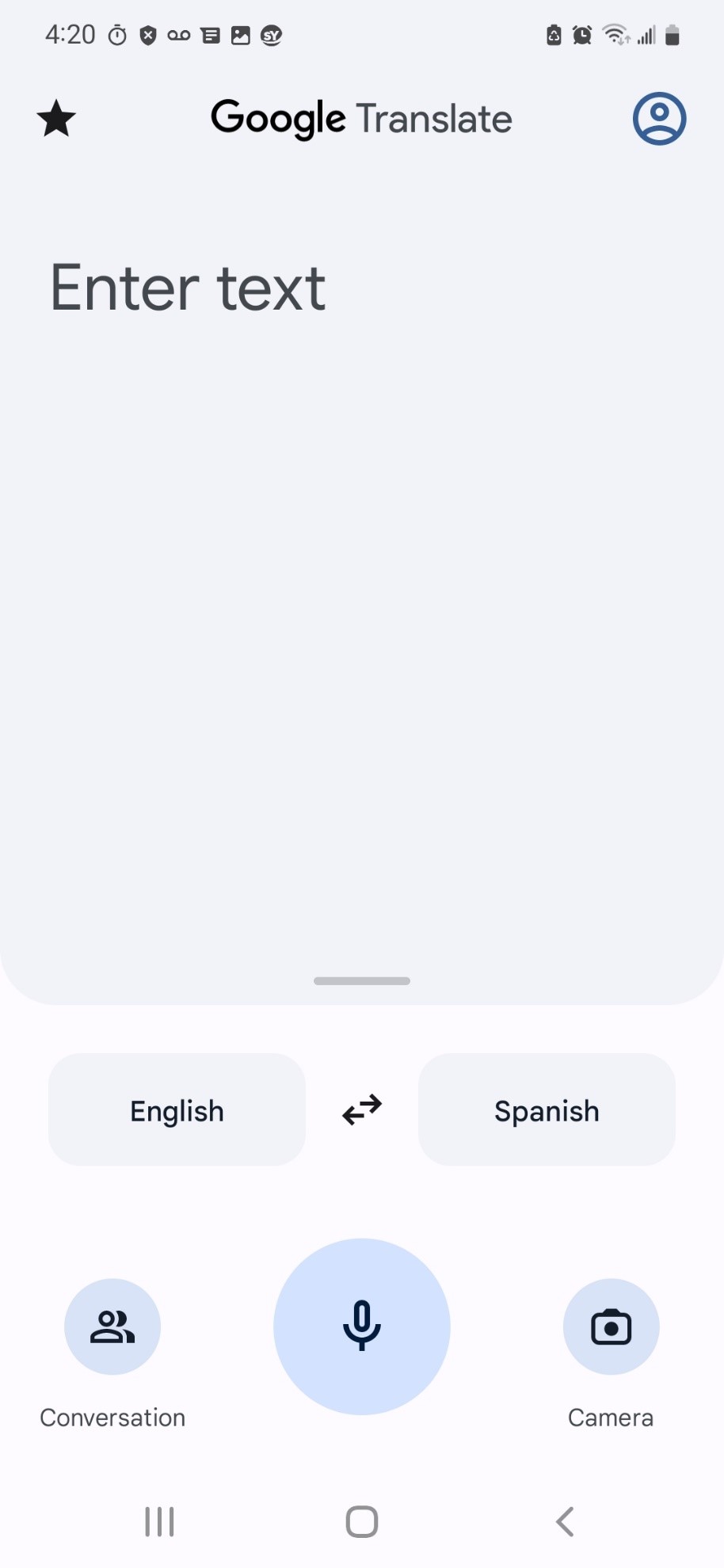
Here’s where the fun starts. Google translate on your phone is like playing tennis with languages. You hold the phone flat in front of you and there are two sides to the court.
You push English and say something. It translates what you said into the other language.
They push Spanish and say something. It translates it for you.
Boom!
It gets better. They added an AUTO feature where if you pause between sentences it translates the entire conversation without you having to push anything.
You say something.
You push Speak.
It is said in the other language.
They say something, and you hear it in English.
Simply download the app to your phone.
Travel tip: If you travel, you can download the “language pack” for the country you are going to and you can use Google Translate without connectivity.
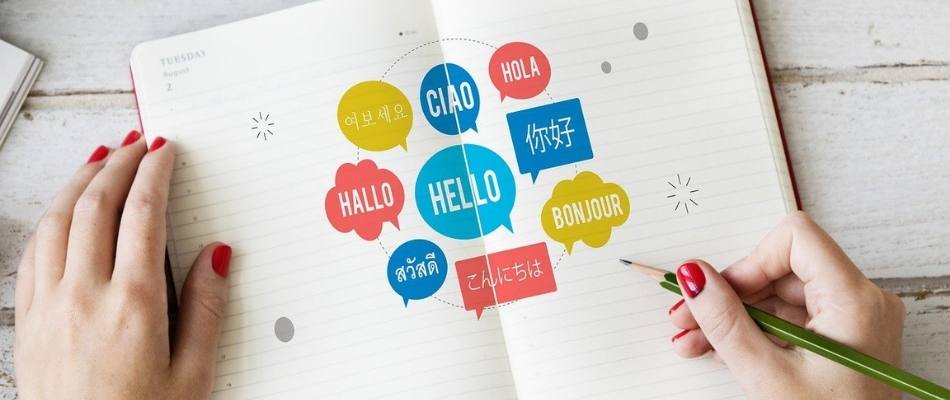
Translate a Website
Lastly, you can translate all of the information you need about communication disorders or goals as long as the information is up online on a webpage.
Here’s how you do it:
We developed a page with the 27 most common communication disorders. Go their and pick a disorder.
Cleft Palate is popular so let’s do that one.
Copy the URL and go back to Google translate.
This time click on the WEBSITE tab and paste the URL.

It will take you to the page but now you have a language menu at the top:
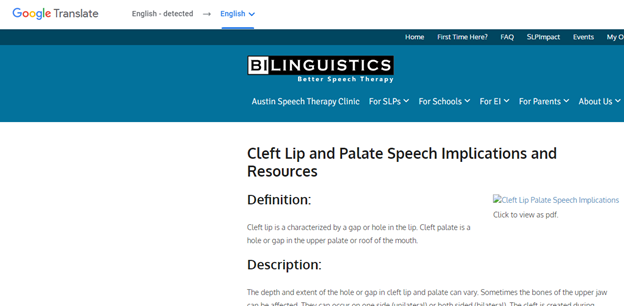
Choose your language and click to translate. Isn’t this nuts?
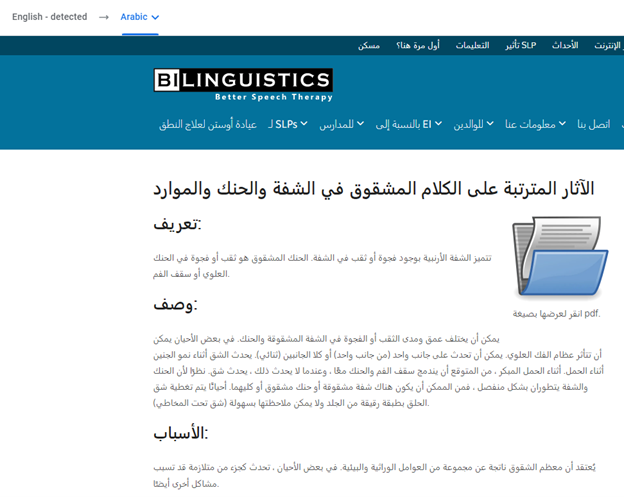
From:
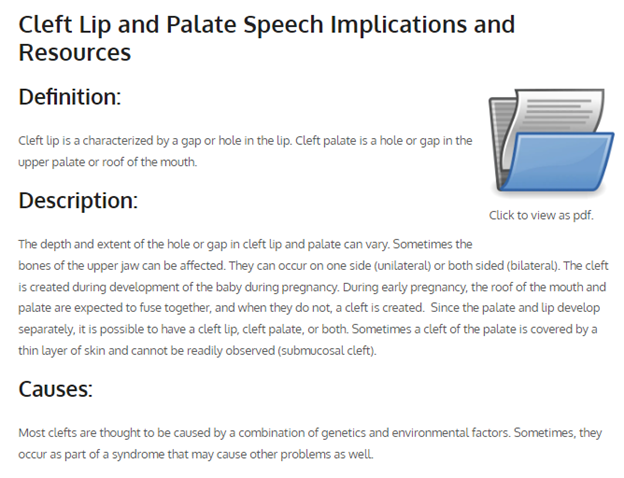
Translate Speech Goals into Spanish or Any Language.
Lastly, the same thing works for our speech and language goal bank.
Go from:
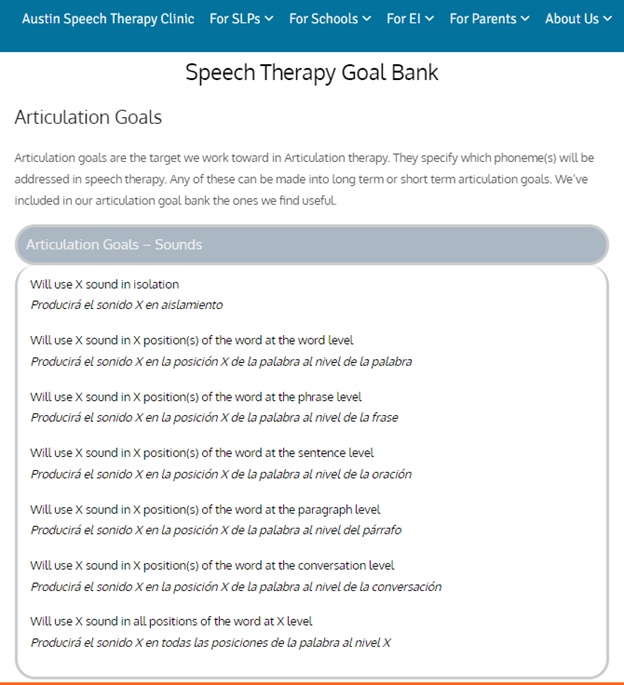
To:
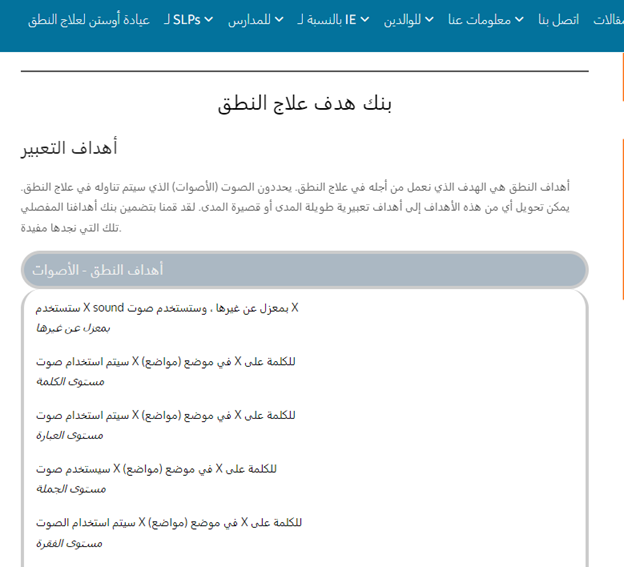
Happy Translating!
Want to Learn How to Work with Interpreters Effectively?
Don’t go it alone!
Working with interpreters is becoming more common, and is often a necessity when providing services to culturally and linguistically diverse populations. Gain important skills needed to train qualified interpreters. Skills include appropriate vocabulary and cultural considerations necessary for effective communication with parents regarding disabilities, services, and rights.
Working with Interpreters as an SLP


Mil gracias! Merci mille fois! 万分感谢! (A thousand thanks!)
I also want to give a shout-out to these magnificent resources: Bilinguistics’ “Difference or Disorder?” book, the nonprofit Talking Points app for family-school communication in 103 languages (https://talkingpts.org/) and ASHA’s list of phonemic inventories (https://www.asha.org/practice/multicultural/phono/)
Thanks, Yvonne, for adding these resources.
This post is well intended but Google is NOT even nearly accurate in older languages nor is it federally approved. It is a shame to see this. Please respect clients enough to use qualified human translators. Don’t violate language rights.
Hi SB, Thank you for your comments. We agree with you that this does not replace a need for interpreters. As noted in the post, you would never want to conduct an IEP meeting, deliver a diagnosis, or conduct and evaluation using these resources. And, as we stated in the post, online translators are never perfect. This is to help share resources and communicate when an interpreter is not present.
This is amazing! I knew about google translate, but translating web pages is so helpful! There are so many things to send to families, but they are usually written in English. Thanks you for this!!